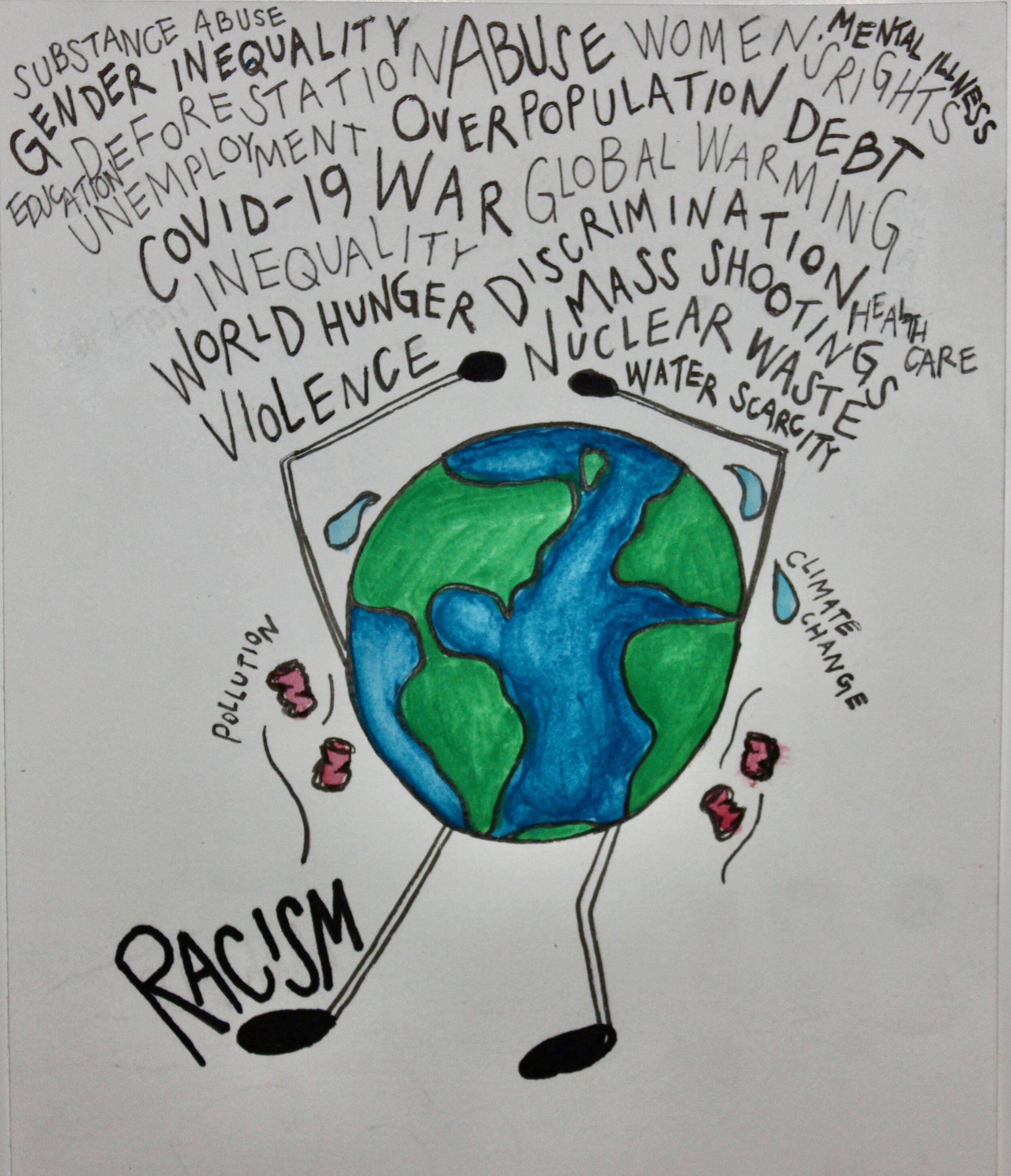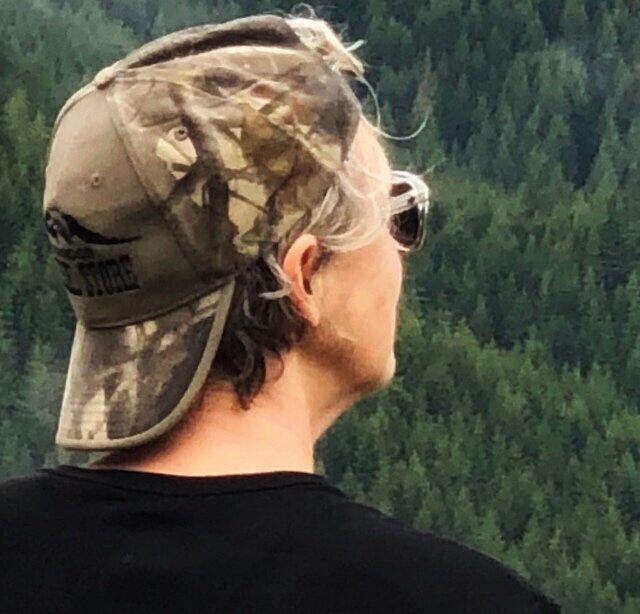On August 8,1953 my best friend Kristine Lorraine Patterson was born.
So, do you want to have dinner?
It’s a simple enough question, but forty-five years ago it was a lot more complicated than that. The invitation came from the drop-dead-beautiful 6’tall woman with the wild, curly, crazy hair I’d always wanted. Her name was Kristine, and at the time we were both working for the city parks and recreation bureau. For the past several months we’d been like opposing magnets, each of us trying to stay out of the magnetic pull of the other. Tired of wondering if I’d measure up as a friend, and weary from resisting the desire to get to know her, I decided to take the risk.
Sitting out on the lawn in front of my house, our first dinner together lasted for three hours. At the end of the evening, we looked one another in the eye and said, So, we’re best friends for life, right?
And we have been.
Since that night out on the lawn there have been more than enough reasons to leave one another on the side of the road. Too hard. Too painful. Too much work. Too many competing outside needs and expectations. For us, in the end, leaving one another behind has never been an option. No matter what has come our way, and with more still to come, somehow we’ve managed to build a friendship that has stood the test of time, not to mention: marriages and divorces, the births of our children and the aging and passing of parents, the joy of grand babies and grief over the loss of grand dreams, depression and health, money and not so much money, faith and doubt, and at times giving too much of ourselves and asking too little of one another. No matter the odds or how dark the night, somehow we are always able to find our way back and head down the road, ready to face whatever lies around the next bend—together.
This once-in-a-lifetime friend of mine is, in the words of her mother, unique, one-of-a-kind, and special. There is not a heart that is bigger or a mind more curious. An accomplished artist, she brings beauty to everything and everyone she touches. When her heart is broken, she allows herself to be broken open, making even more room for the love, care, and compassion she offers so freely. She champions my work every chance she gets, and calls me on the carpet whenever necessary. She turns grief and loss into grace and laughter, and is fiercely committed to living an authentic and wholehearted life no matter what it takes. She knows the matters that matter, and loves me no matter what.
I can’t imagine life without her.
We can’t know what waits for us down the road, but when it comes to the road trip of friendship there is no one else I’d rather have riding shotgun.
Happy Birthday Kristine Lorraine Patterson.
March 2020









